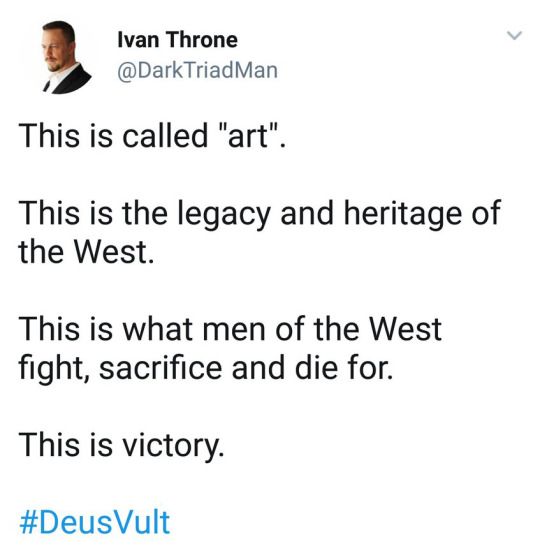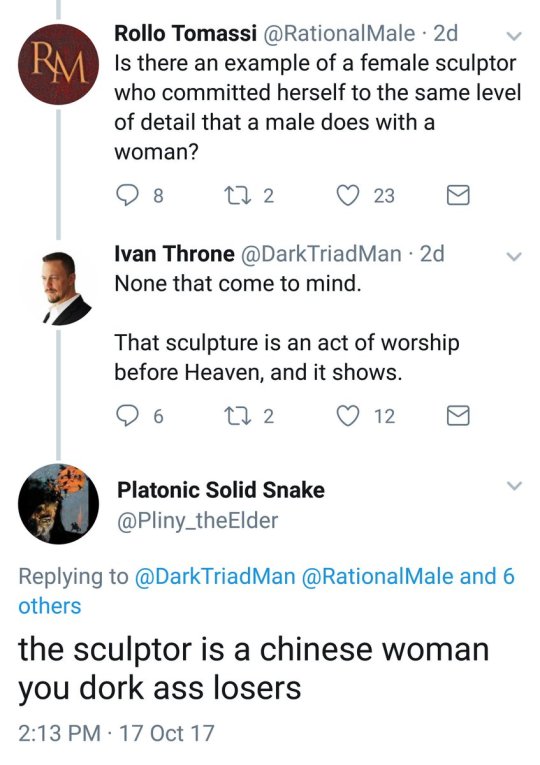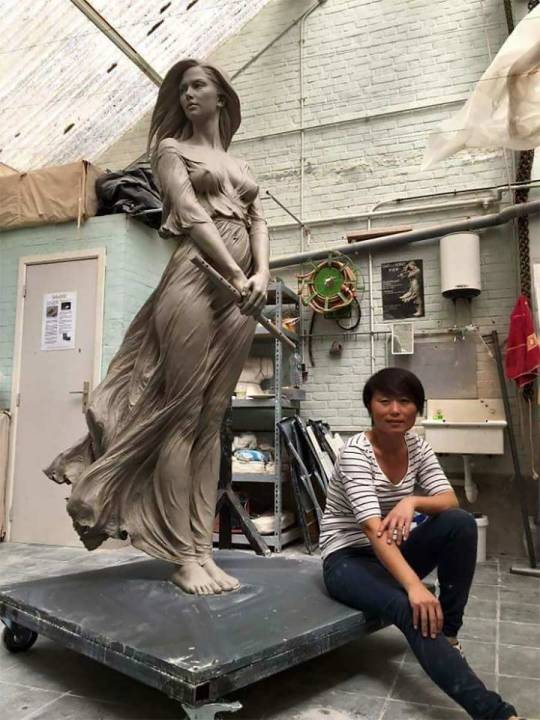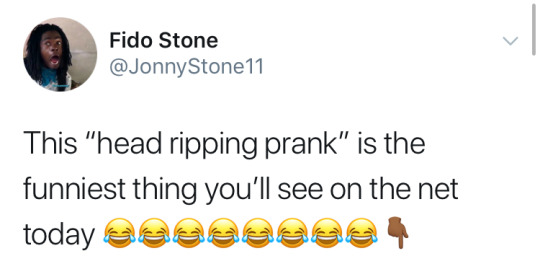We all have our way of escaping, and you'll find mine here. If a picture here belongs to you and you would like it removed, feel free to message me. Cars, Anime and the stuff I like.
Don't wanna be here? Send us removal request.
Photo
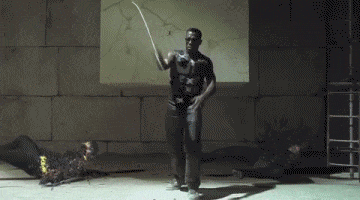
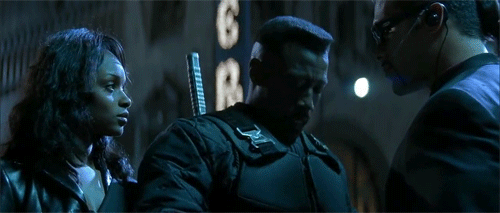
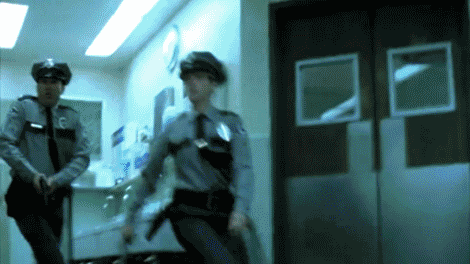
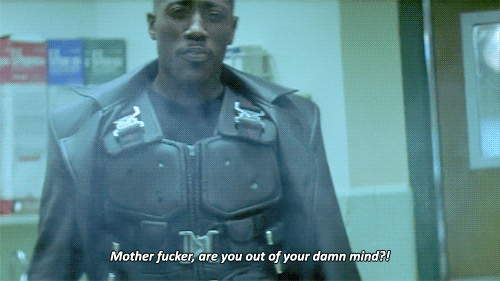
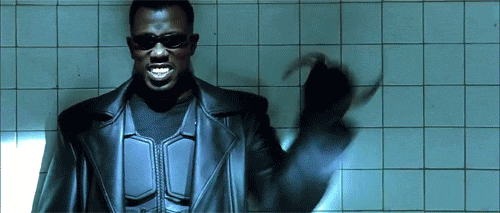
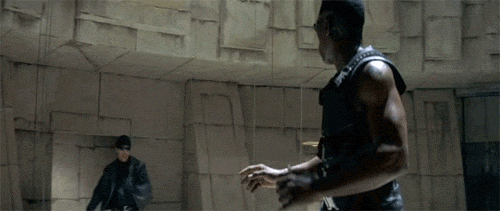
‘Blade’ Started a Revolution and Then Was Abandoned by Marvel
Twenty years after Wesley Snipes gave Marvel its first box-office hit, the comic book powerhouse is more popular than ever, but the vampire hunter has disappeared into the shadows.
It’s 1998. Blade has yet to be released, and in fact few are expecting it, let alone aware of the comic book origins for the film that would hit on Aug. 21 of that year. Marvel is a struggling brand. Less than two years earlier, Marvel Entertainment Group filed for Chapter 11, facing bankruptcy in the aftermath of several failed publishing initiatives, the loss of a number of its top artists to Image and an overall decline in the interest of comic books. Iron Man, Thor, and Captain America are recovering from a convoluted and controversial yearlong storyline, Heroes Reborn, that failed to reignite interest and relevancy of characters once considered staples of the brand. Marvel’s film prospects are even more dire. The last theatrical movie based on the company’s characters was the critically panned Howard the Duck (1986). Straight-to-video releases The Punisher (1989) and Captain America (1990) didn’t fare any better. And then there was the matter of the unreleased The Fantastic Four (1994), later alleged by Stan Lee to be a scheme by Constantin Film Production to retain the rights. A muddled sense of continuity, unclear character direction saddled by endless events, and no movies was what Marvel fans could look forward to in the late '90s. That is, until Marvel got its blood flowing again.
Marvel Entertainment Group was reborn as Marvel Enterprises in 1997, under the direction of Toy Biz co-owner Ike Perlmutter and his partner Avi Arad. In the '90s, there was no better way to sell toys than to attach it to a movie. But before Marvel could take over the film world, it would first need to redefine the books they sold. Enter Marvel Knights, an imprint of mature comics starring Daredevil, Black Panther, Punisher and The Inhumans — characters whose own books had struggled or had been canceled years before. These were leftovers, characters few cared about, except for editors Joe Quesada and Jimmy Palmiotti, who saw the opportunity to reinvent these characters for the 21st century through their indie company Event Comics. The idea of Marvel Comics contracting an indie publisher and giving them license to pick the creative teams to take over these books seems like an improbable situation today, but in 1998 it was a necessity in order to breathe new life into its brand. Marvel’s new approach to these comics — take bottom-rung characters, give them a 21st century sense of cool and highlight the simplicity of their backstories — runs parallel to their first successful film release, Blade.
It’s too easy to remove Stephen Norrington’s Blade from the conversation of superhero movies, perhaps because it feels like it was originally intended to be that way, distinct from capes, cowls and tights. Blade had been in development at New Line since 1992, with LL Cool J, Laurence Fishburne and Denzel Washington all on the studio’s list before Snipes was cast as the human-vampire hybrid. David S. Goyer, who would later become Hollywood’s go-to guy for superhero scripts, took a relatively unknown Marvel character and imbued him with Snipes’ voice and a fashion sense.
Blade takes the Marvel Knights approach, though this is more likely a resulting awareness of the changing times than any planned coordination. Regardless, the same kind of streamlining and willingness to age-up the books to better appeal to their core audience, who had become adults that Marvel exhibited through Marvel Knights, is also what allowed Goyer and Norrington to deliver something that felt unique with Blade. Despite some MTV-style editing early in the film and nonplussed citizens who barely notice when action happens in the middle of the sidewalk, Blade is grounded in a way comic book movies hadn’t been before. Sure, the word “grounded” gets thrown around all the time now in a post-Christopher Nolan world, but in 1998, Tim Burton, Alex Proyas and Joel Schumacher defined the aesthetics of comic book movies. The world of Blade feels realistically seedy, its streets grimy — lacking the Gothicism of the films that preceded it and the sheen superhero movies would later take on. In a number of ways, no doubt aided by its $45 million budget, Blade feels like an underground comic book movie, not only in terms of design but by the fact that few audience members were aware of Blade as a previously existing property.
Blade, created by Marv Wolfman and Gene Colan, first appeared in Tomb of Dracula No. 10 in 1973. A supporting character in a book featuring a number of vampire hunters, Blade’s early appearances strike a drastically different image from the one Snipes would later fill out. London-born and clad in a bright green jacket, blue pants and massive yellow shades, Blade was a white interpretation of the style of blaxploitation movies, resulting in a character who looked more silly than imposing. Blade had never been a major player, and following the conclusion of Tomb of Dracula, the Daywalker’s appearances were rare. He saw a brief revival in the '90s, serving a role in Marvel’s short-lived horror-centric book Nightstalkers, and headlined a couple miniseries and one-shots that improved his fashion sense, but did little to make the character a staple of the Marvel Universe.
The film succeeded even before its release, at least in terms of reinventing the characters and the world in which it takes place. While today we celebrate how accurate comic book movies are at bringing their source material to life, Goyer, Norrington and Snipes’ insistence on artistic freedom resulted in a film that feels more interesting than any straight adaptation could have been, or the tongue-in-cheek version New Line was originally angling for.
While Blade seems relatively simple today, it proved revolutionary for comic book adaptations on a casting, technical and narrative level. Blade, as a character, is entirely crafted around Snipes’ persona and martial arts skills. Essentially the character Blade is now in comic canon is a result of Snipes, much in the same way that Robert Downey Jr.’s performance of Tony Stark forever changed how writers approach Iron Man. Snipes effectively blended the '90s action-hero model, for which he’d played an integral part, with the romantic horror character Hollywood had largely moved away from.
Read more
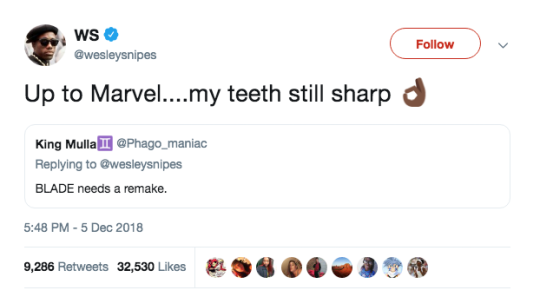
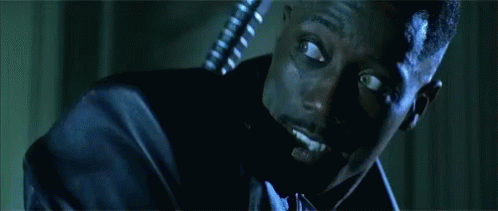
5K notes
·
View notes
Photo
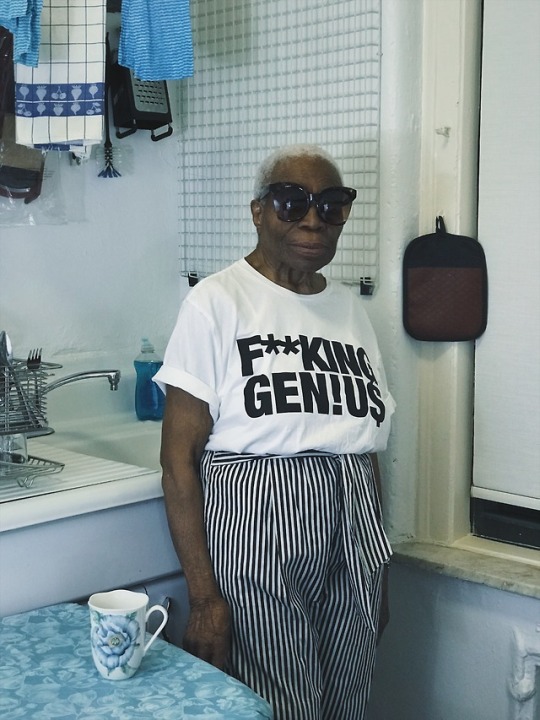





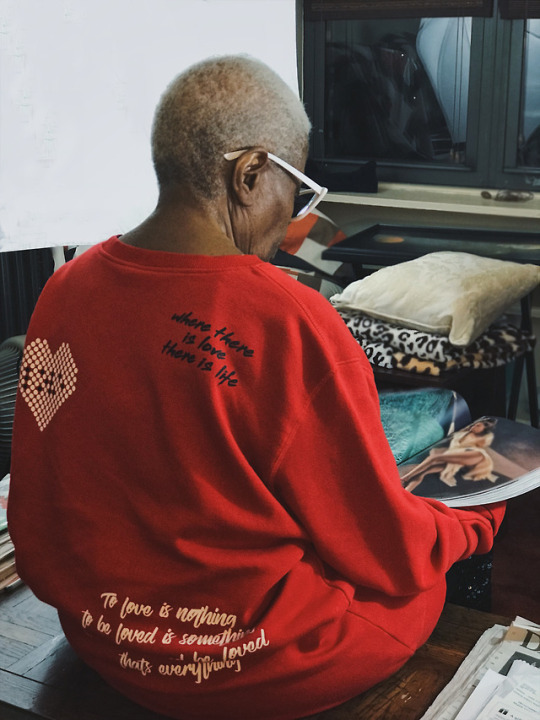
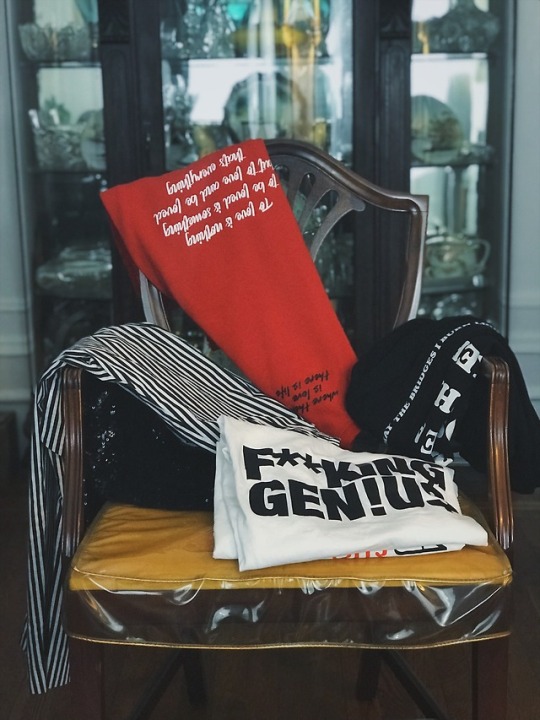
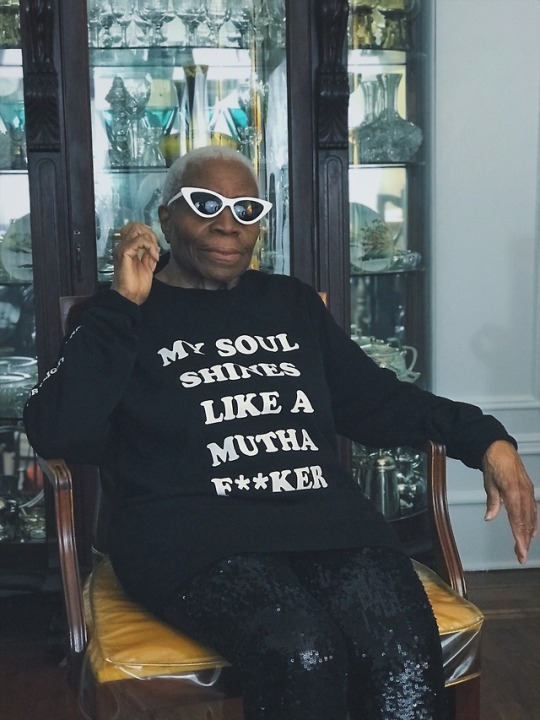
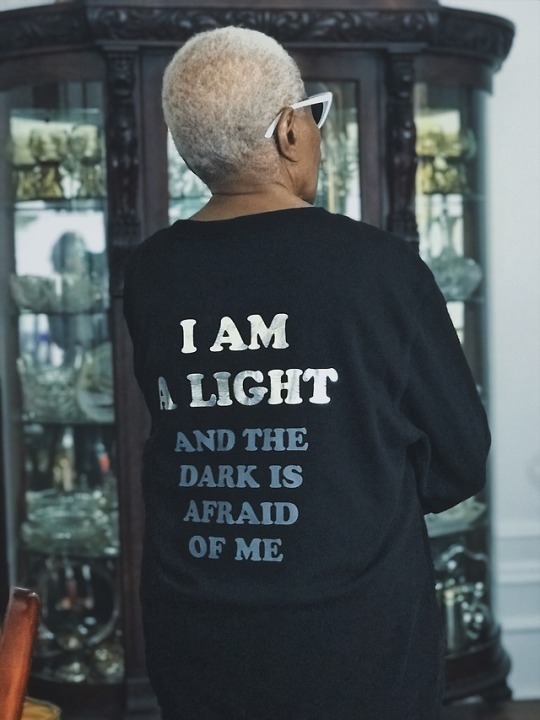
THE GREATEST DAY - model: AY - photography / styling / design / creative direction: MG
Tees & Sweatshirts Coming Soon (pre-orders available)
bts / outakes & pre-orders follow IG: visual_junkee
51K notes
·
View notes
Photo
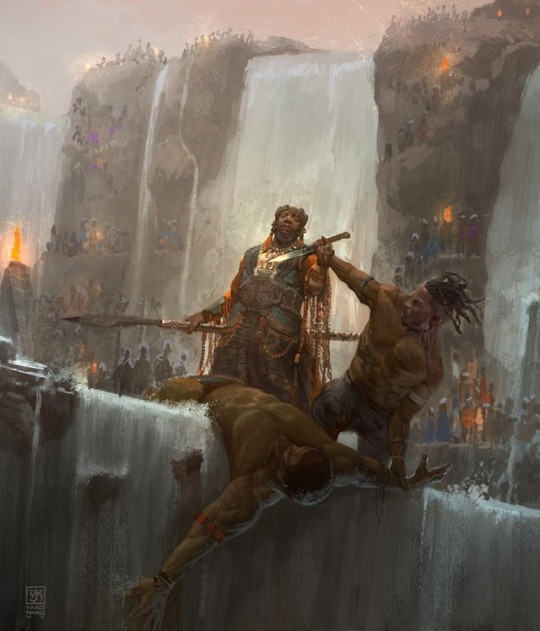

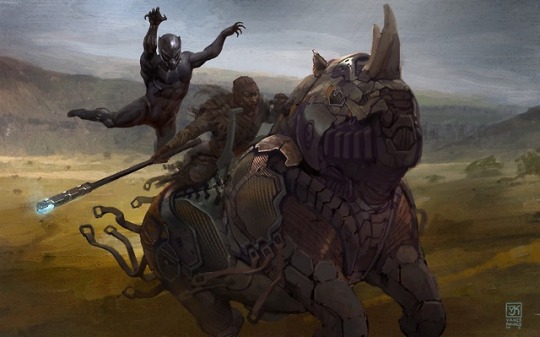

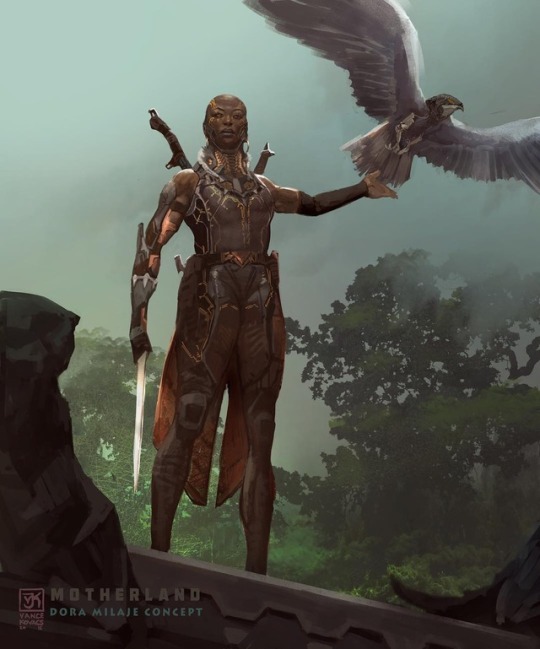
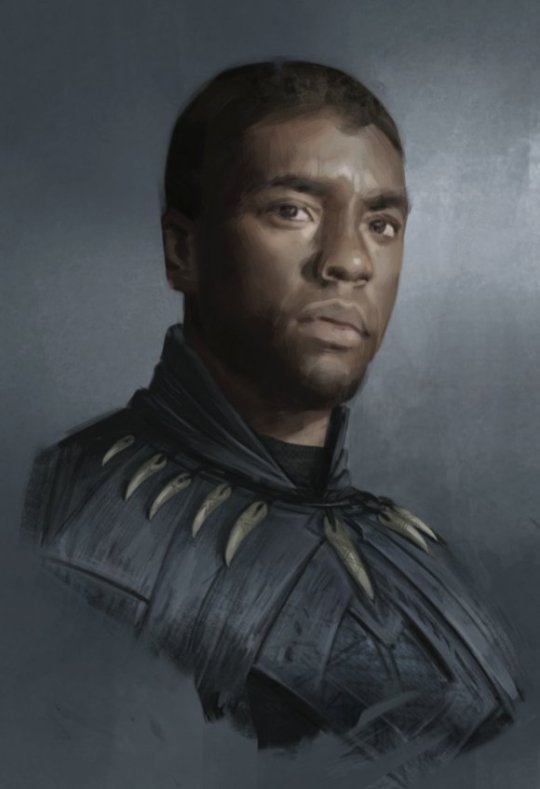


The amazing concept art of Black Panther by Vance Kovacs, Phillip Boutte Jr., Rodney Fuentebella, and Karla Ortiz.
Marvel’s Black Panther: The Art of the Movie
57K notes
·
View notes
Video
I love otters so much. 14/10 would adopt instantly.
14K notes
·
View notes
Photo


British Teens Remix Harry Potter, Other Films to Make Brilliant Point on Black Representation in Media
Originally, the posters were just a private effort among a group of teens who were tired of seeing black faces shut out of British media. But their designs—movie posters of popular films and TV shows remixed to show primarily black casts—became a major moment in London this week, as their posters were displayed prominently in bus stops around South London.
As the Guardian reports, the posters were the work of the group Legally Black, an activist group formed by four Brixton teens: Liv Francis-Cornibert, Shiden Tekle, Bel Matos da Costa and Kofi Asante. On an assignment from Advocacy Academy, a group that helps channel youth anger into political activism, Legally Black decided to make the posters to vent their frustration about the lack of black representation in British media.
The Guardian writes that the posters were originally supposed to line the walls of their rooms, until the “subversive advertising organization,” Special Group Patrol found the posters online. The group, which had previously run campaigns targeting police corruptions, love the posters and wanted to amplify Legally Black’s message. The enlarged the posters to mimic real movie billboards and, on Wednesday, placed them throughout bus stops in London’s Brixton neighborhood.
They were a huge hit.
The Legally Black designs focus mostly on British TV shows and films, including the James Bond film, Skyfall; Harry Potter and the Deathly Hallows, Skins, The In-Betweeners, Doctor Who, and Titanic.
A tagline on each poster includes the statement “If you’re surprised, it means you don’t see enough black people in major roles. Join us in our mission for better black representation in the media.”
[…]
The British Film Institute found that only 218 lead roles in over 1,000 British films released between 2006 and 2016 were played by black actors (as the Guardian notes, there were 45,000 total roles, meaning black actors only played 0.5% of all the available roles in that time period).
The lack of representation in British TV and film has pushed top black British actors, like David Oyelowo, Chiwetel Ejiofor, Idris Elba and Daniel Kaluuya, to try their luck in Hollywood, where they’ve been met with critical and commercial success.
[…]
David Vance, who works for the British far-right site, Alt News Media, asked why they couldn’t have some young white activists re-create movie posters with white actors in the lead role. “Too racist?” he asked.
Read more
2K notes
·
View notes
Link
8K notes
·
View notes
Photo
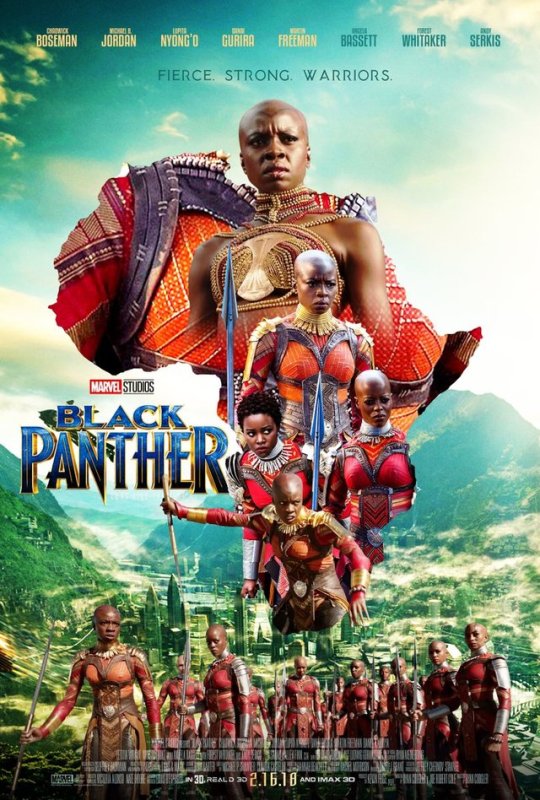


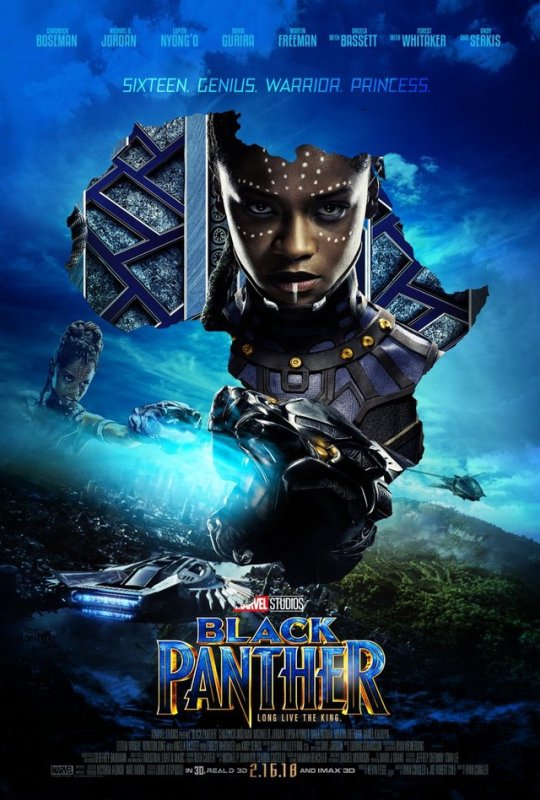
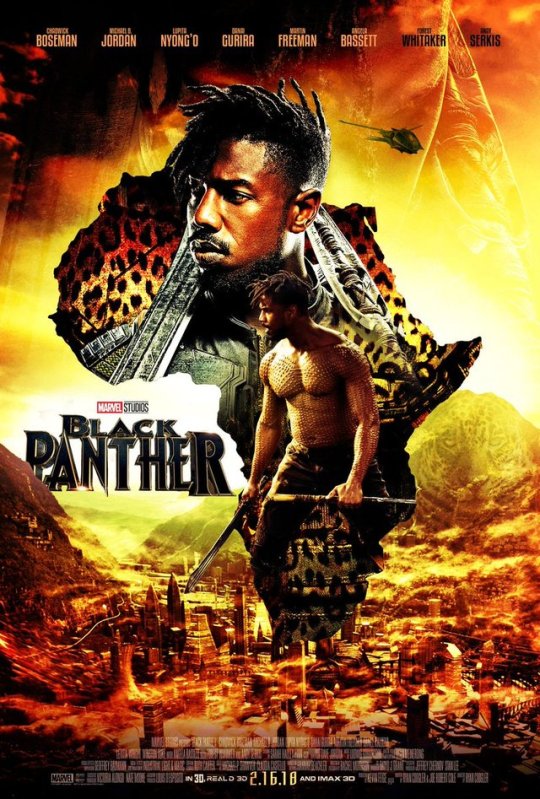

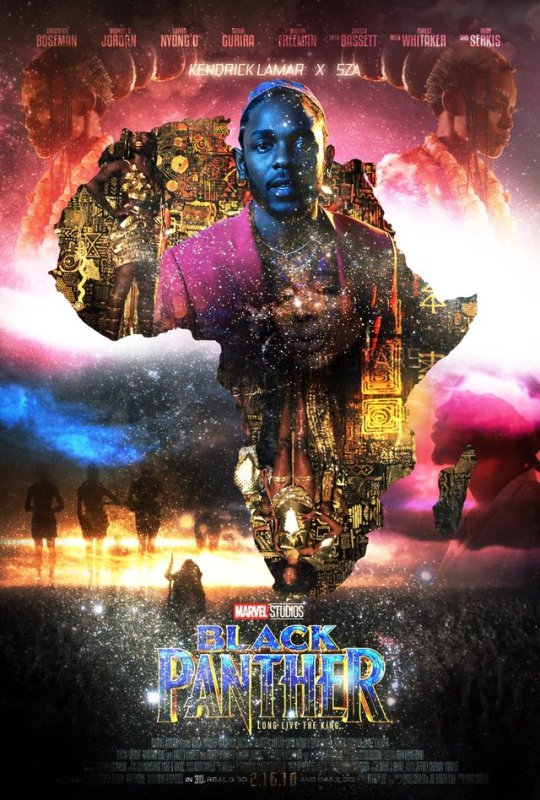
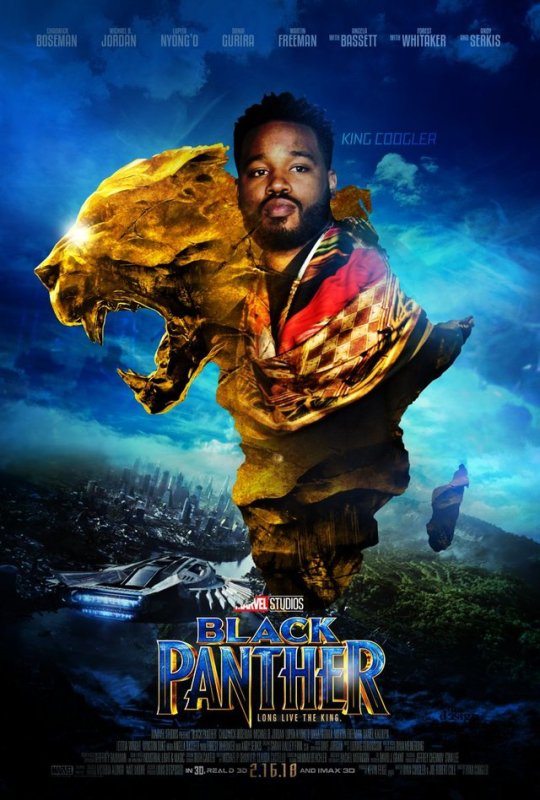
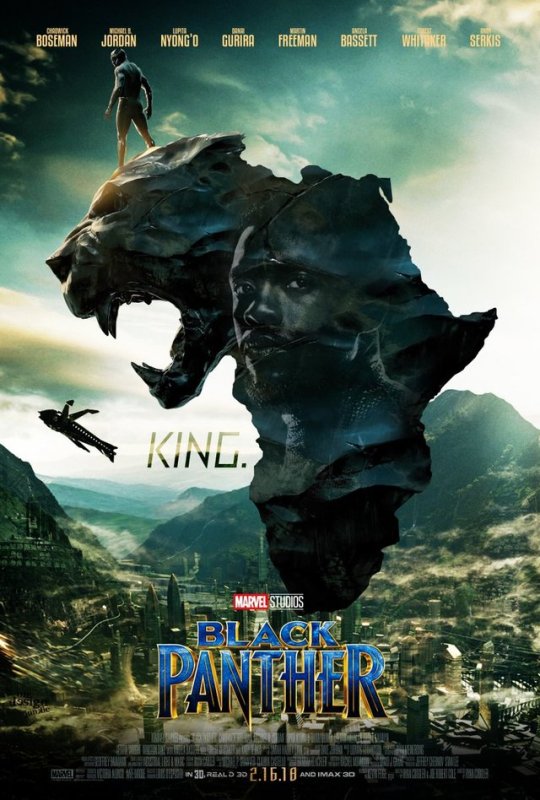
Dettrick Maddox created these Black Panther (MCU) designs.
32K notes
·
View notes
Photo









This is super nostalgic for me. I first seen this car back in 2003-4ish iirc. Simpler times back then…
306 notes
·
View notes
Video
#for those wondering why catfish is in it’s seventh season #this is why
212K notes
·
View notes
Video
These people went from lifting chips to pulling off some action movie shit
864K notes
·
View notes
Video
67K notes
·
View notes
